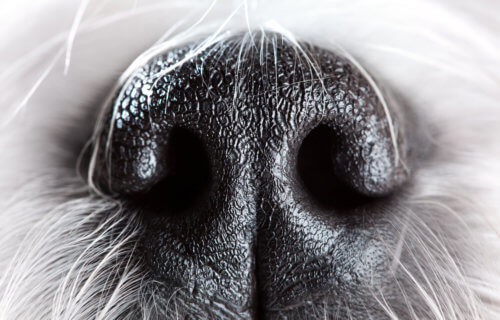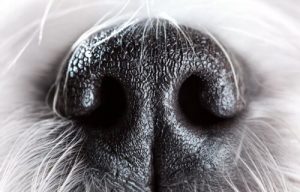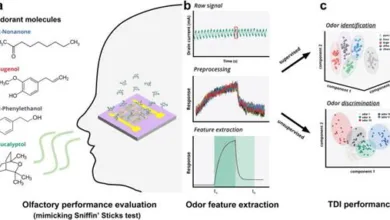Sniffing Prostate Cancer Using Smartphones

News Releases, Digital Olfaction Society – Tokyo, Japan – March 17, 2022
 Dogs can detect many kinds of disease simply through smell, ranging from lung-, breast-, ovarian-, and bladder cancers to COVID-19. In some cases, they are 99 percent successful in detecting prostate cancer from patients’ urine.
Dogs can detect many kinds of disease simply through smell, ranging from lung-, breast-, ovarian-, and bladder cancers to COVID-19. In some cases, they are 99 percent successful in detecting prostate cancer from patients’ urine.
The artificial system is actually 200 times more sensitive than a dog’s nose in terms of being able to detect and identify tiny traces of different molecules. But in terms of interpreting those molecules “it’s 100 percent dumber,” explains co-lead author Dr. Andreas Mershin of the Massachusetts Institute of Technology (MIT) in a statement.
“The dogs don’t know any chemistry. They don’t see a list of molecules appear in their head. When you smell a cup of coffee, you don’t see a list of names and concentrations, you feel an integrated sensation. That sensation of scent character is what the dogs can mine,” says Dr. Mershin.
Machine learning finds the elusive patterns dogs can infer from the scent that humans haven’t been able to grasp from a chemical analysis. “We knew the sensors are already better than what the dogs can do in terms of the limit of detection,” explains Dr. Mershin. “But what we haven’t shown before is that we can train an artificial intelligence to mimic the dogs, and now we’ve shown that we can do this. We’ve shown that what the dog does can be replicated to a certain extent.
“The system is small enough to fit in a smartphone,” Mershin adds. He hopes to be able to test a far larger set of samples, perhaps 5,000, to pinpoint in greater detail the significant indicators of disease.
Join us during the DOS 2022 7th Wold Congress to know more about the recent advances in digital olfaction strategies.
Photo credit: © chaoss – stock.adobe.com
Digital Olfaction 2022 Annual Meeting
November 29-30, 2022 – Tokyo, Japan & Online
www.digital-olfaction.com




